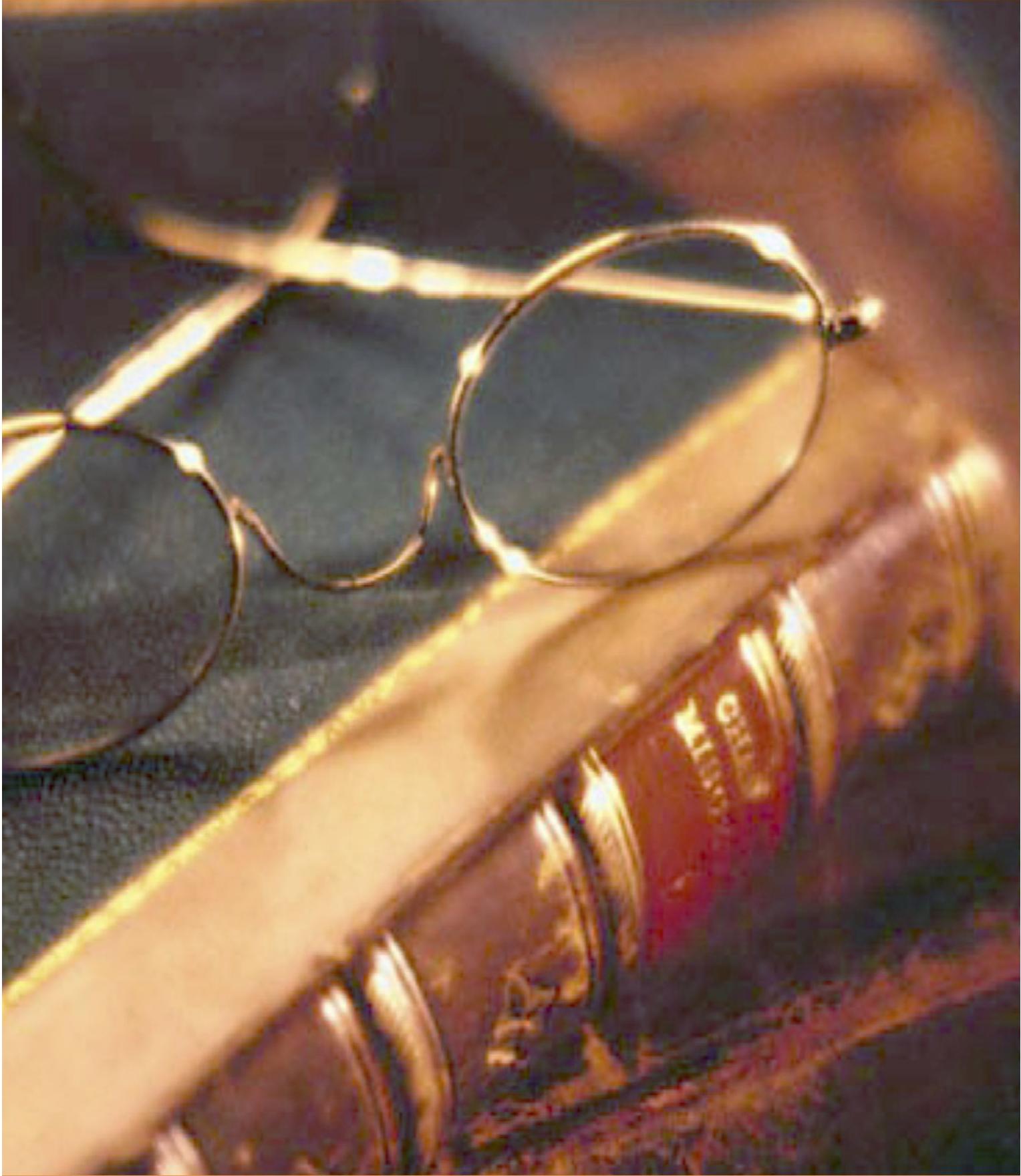2.5 The rise of literary criticism (1790 – 1844)

Although there were glimpses of literary criticism in the period prior to 1820, it was not until the period that extends from this date until approximately 1844, when the cultivation of criticism took root. It is true that this was often done from rather superficial literary commentaries, inserted in publications on cultural topics or others that had sections dedicated to literature, the exchange of letters between figures who were clearly more creators than critics, in all these spaces intuition predominated over the mastery of technical elements.
In terms of genres, poetry criticism generally lagged far behind the quality of the island’s creations. It was dominated by a dogmatic vision and neoclassicism as the only artistic possibility, a situation suffered by Heredia and other Romantics such as José Jacinto Milanés, around whom the harshest controversies arose.
Narrative criticism had the advantage of practically witnessing the gestation of the genre and influencing the creative process itself with its generally more accurate postulates. This is the case, for example, with Ramón de Palma, who, in addition to creating his own narrative pieces, dedicated himself to analyzing the early stories of Cirilo Villaverde.
For his part, Buenaventura Pascual Ferrer had initiated a hypercritical line, lacking any real consistency in terms of premises, whose attacks were even directed against the authors’ own personalities. This critical style lacked a minimal systemic conception and the validity to access the substance of the works that served as targets. It has even been said that more than a literary attitude, it denoted a pro-Hispanic political position.
In fact, the center of the web of critical texts of the period, whether “official” in that they expressed their opinions in the public eye through the press, or in the private exchange of correspondence, was the personality of Domingo del Monte. “The figure who dominates literary criticism of the period, and not just with his written work, is Domingo del Monte, cultured, skillful, eclectic (…) with his own texts, or those of others that he stimulated and influenced, and even through private opinions, many of which we detect in his correspondence, he pulled the basic threads of the development of literary criticism of the time.”
During this period, some texts with a more theoretical than critical focus would emerge, which would contribute to the formation of a corpus of knowledge on literature as a field of value judgment. In 1832, Heredia published “Essay on the Novel” in Mexico, and an article by Domingo del Monte, entitled “Historical Novel,” also appeared in Cuba, in which he reviews three narratives of this nature. Antonio Bachiller y Morales and José Jacinto Milanés, from their respective fields, also made some contributions; both knew how to assess early on the renewal associated with Romanticism.
Criticism was the terrain of the most bitter polemics, which went beyond the boundaries of the literary to explore the terrain of ideological conflicts, so difficult to express directly given the strict colonial censorship. Beyond erroneous judgments and inaccuracies, it would gradually occupy a relevant position as an assistant to literary creation itself, an effective mediator between the author and the general public.








